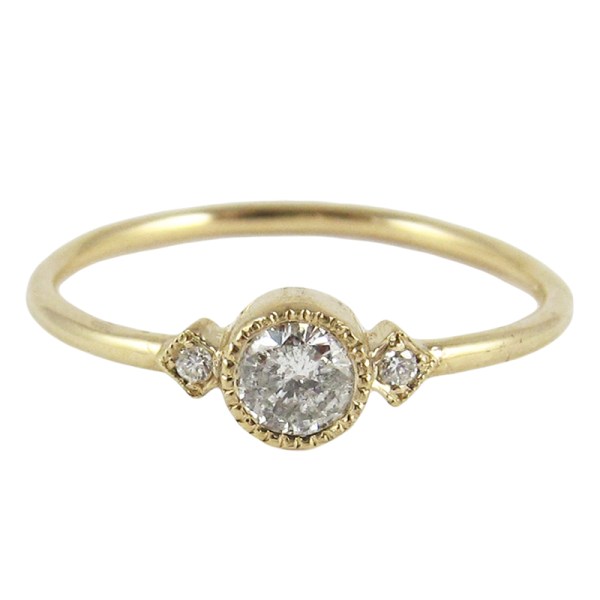Champagne Diamonds: What They Are and Where to Buy Them
New Year’s Eve is about to get a lot more glamorous with these Champagne diamond jewelry picks.

Few experiences rival toasting to the New Year surrounded by love ones with a glass of chilled Piper-Heidsieck or Ruinart bubbly. But if you truly want to set the tone for a fabulous year, add champagne diamonds to the mix!
So what exactly is a champagne diamond and how do they get their color? Read on to learn from Only Natural Diamonds resident diamond expert Grant Mobley how these natural diamonds get their distinctive and versatile hues, and see our edit of champagne diamond jewelry pieces that are perfect for ringing in 2022.
Read More: The Science of Colored Diamonds

What is a champagne-colored diamond?
Grant Mobley: A champagne diamond is a diamond that is naturally brown in color, sometimes with hints of yellow, and similar to the color of Champagne. “Champagne” is not an official term for this naturally occurring color in diamonds, it is a colloquial term that helps to visualize the color, which is why you will not see “champagne” on a diamond grading certificate. Instead, you will see official color descriptors such as fancy light brown and yellowish brown.
Since all natural diamonds are one-of-a-kind, there are many variations in the color of a diamond one will see described as champagne. Some of these diamonds will be darker, lighter, with more or less yellow or brown hints. Due to the large variation in color of these diamonds, it is common to see these diamonds described by designers with other colloquial terms that may fit their color such as nude, cognac, fancy brown and chocolate.
How does a champagne-colored diamond get its color?
GM: The color in natural champagne diamonds is most often caused by a distortion of the crystal structure causing brown grain lines. Champagne-colored diamonds that have a hint of yellow can also contain enough nitrogen impurities to reflect a yellow hue.
Now that we’ve gone into detail about how champagne-colored diamonds get their color, pop open a bottle of your favorite French bubbly and get inspired to add the stunning stones to your collection with these jewelry pieces from some our favorite jewelry designers.










